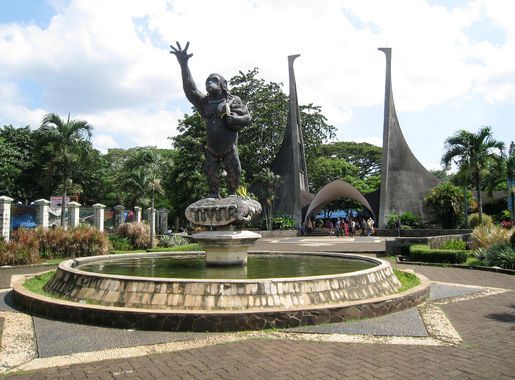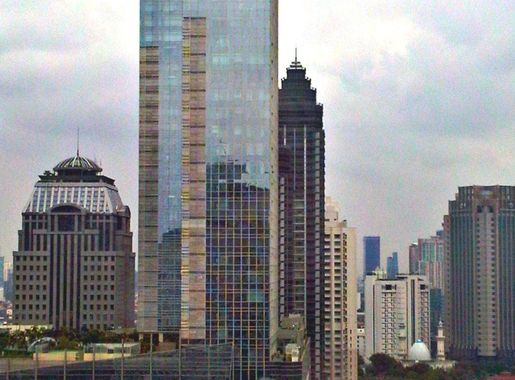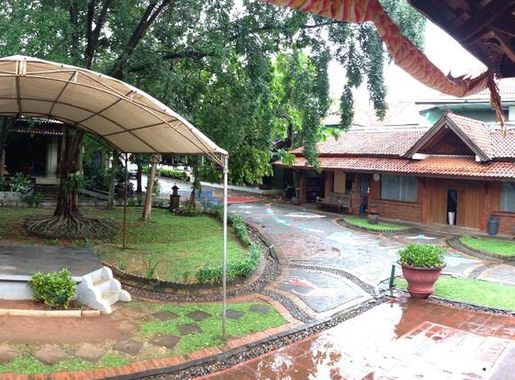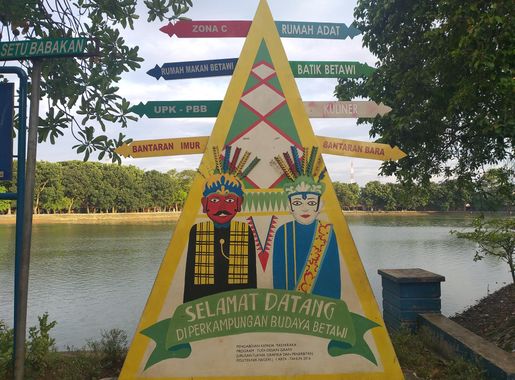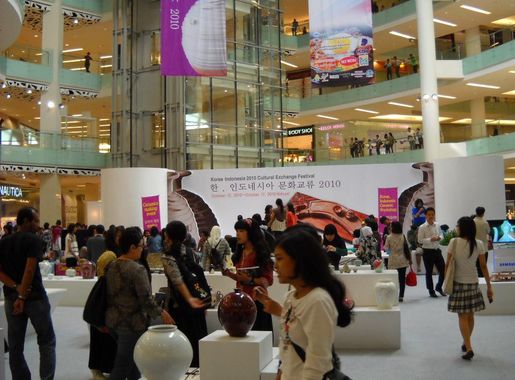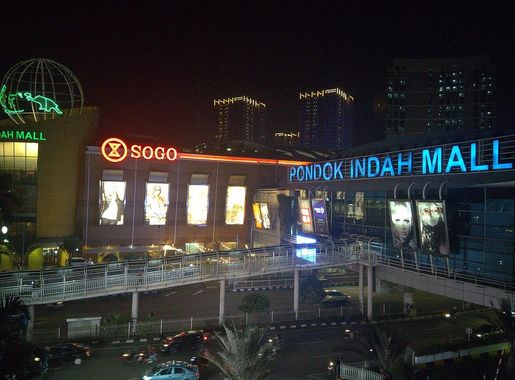
The Vibrant Heart of South Jakarta
Discover South Jakarta: A dynamic blend of modernity and tradition, offering upscale living, cultural experiences, and vibrant nightlife in Indonesia's bustling capital.
South Jakarta, or 'Jakarta Selatan' as the locals call it, is a bustling and diverse area renowned for its upscale lifestyle, green spaces, and vibrant nightlife. As a tourist, you'll find an eclectic mix of modernity and tradition, with towering skyscrapers standing side by side with historic sites. Begin your exploration in the posh district of Kemang, known for its trendy cafes, art galleries, and boutique shops. This area is a hub for expatriates and young professionals, making it an ideal spot to experience contemporary Indonesian culture. Don't miss a visit to the Museum Di Tengah Kebun, a private museum nestled within a lush garden, offering a unique blend of art and history. For a taste of nature amidst the urban sprawl, head to Ragunan Zoo, one of the oldest and largest zoos in Southeast Asia. This sprawling sanctuary is home to over 3,000 animals and offers a refreshing escape from the city's hustle and bustle. Another green haven is the Setu Babakan Betawi Cultural Village, where you can immerse yourself in the traditional Betawi culture, enjoy traditional performances, and savor local delicacies. Shopping enthusiasts will be delighted by the array of upscale malls in South Jakarta. Block M Square, Pondok Indah Mall, and Gandaria City are just a few of the shopping centers where you can indulge in retail therapy. These malls also offer a variety of dining options, ranging from local street food to international cuisine. As the sun sets, South Jakarta transforms into a nightlife hotspot. The area around Senopati and SCBD (Sudirman Central Business District) comes alive with trendy bars, clubs, and restaurants. Whether you're in the mood for a sophisticated cocktail lounge or a lively dance club, you'll find plenty of options to enjoy the city's vibrant nightlife.
Local tips in South Jakarta
- Visit Kemang on weekends for its lively atmosphere and numerous events.
- Plan a weekday visit to Ragunan Zoo to avoid the weekend crowds.
- Wear comfortable shoes as exploring the Setu Babakan Cultural Village involves a fair bit of walking.
- Use ride-hailing apps like Grab or Gojek for convenient transportation around the area.
- Check out the local markets for unique souvenirs and local crafts.
The Vibrant Heart of South Jakarta
South Jakarta, or 'Jakarta Selatan' as the locals call it, is a bustling and diverse area renowned for its upscale lifestyle, green spaces, and vibrant nightlife. As a tourist, you'll find an eclectic mix of modernity and tradition, with towering skyscrapers standing side by side with historic sites. Begin your exploration in the posh district of Kemang, known for its trendy cafes, art galleries, and boutique shops. This area is a hub for expatriates and young professionals, making it an ideal spot to experience contemporary Indonesian culture. Don't miss a visit to the Museum Di Tengah Kebun, a private museum nestled within a lush garden, offering a unique blend of art and history. For a taste of nature amidst the urban sprawl, head to Ragunan Zoo, one of the oldest and largest zoos in Southeast Asia. This sprawling sanctuary is home to over 3,000 animals and offers a refreshing escape from the city's hustle and bustle. Another green haven is the Setu Babakan Betawi Cultural Village, where you can immerse yourself in the traditional Betawi culture, enjoy traditional performances, and savor local delicacies. Shopping enthusiasts will be delighted by the array of upscale malls in South Jakarta. Block M Square, Pondok Indah Mall, and Gandaria City are just a few of the shopping centers where you can indulge in retail therapy. These malls also offer a variety of dining options, ranging from local street food to international cuisine. As the sun sets, South Jakarta transforms into a nightlife hotspot. The area around Senopati and SCBD (Sudirman Central Business District) comes alive with trendy bars, clubs, and restaurants. Whether you're in the mood for a sophisticated cocktail lounge or a lively dance club, you'll find plenty of options to enjoy the city's vibrant nightlife.
Iconic landmarks you can’t miss
Ragunan Zoo
Explore the lush landscapes of Ragunan Zoo, a vibrant sanctuary for over 3,600 animals, perfect for families and wildlife enthusiasts visiting Jakarta.

Suropati Park
Explore the serene beauty and vibrant community spirit of Suropati Park, a lush oasis in the heart of Central Jakarta.

Selamat Datang Monument
Experience the warm hospitality of Indonesia at the Selamat Datang Monument, a stunning symbol of Jakarta's culture and welcoming spirit.

Tugu Proklamasi
Discover Tugu Proklamasi, a historic landmark in Jakarta symbolizing Indonesia's independence, surrounded by beautiful gardens and vibrant local culture.

Kalibata's 120 Year Old Mahoni Tree
Experience the serenity and historical significance of Kalibata's 120-year-old Mahoni Tree, a natural gem in the heart of Jakarta.
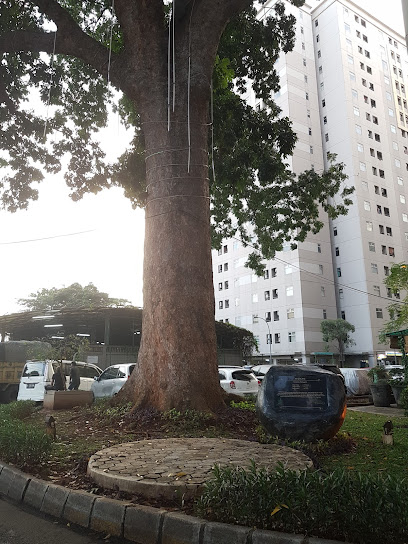
Patung Dr GSSJ Ratulangi
Discover the historical essence of Jakarta at Patung Dr GSSJ Ratulangi, a tribute to a national hero amidst the vibrant Menteng district.
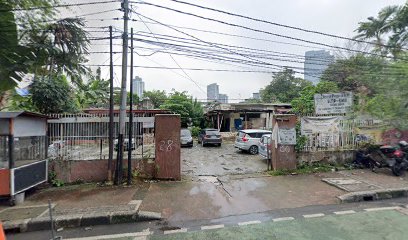
Saran agar dibangun TUGU 0 Km Jakarta. Karena ini adalah titik paling tengah Jakarta.
Discover the cultural heartbeat of Jakarta at Tugu 0 Km, a historical landmark that symbolizes the city's vibrant spirit and rich heritage.
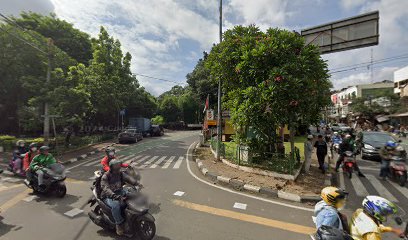
G.KUN
Discover the captivating history of G.KUN, a prominent landmark in South Jakarta, where culture, architecture, and local life beautifully intertwine.
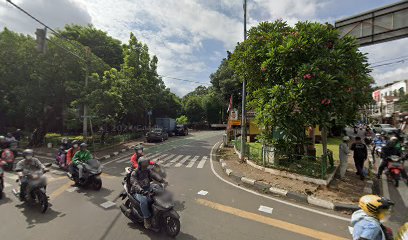
Jakarta
Discover Jakarta, a vibrant city where history meets modernity, rich in culture, delicious food, and bustling markets.
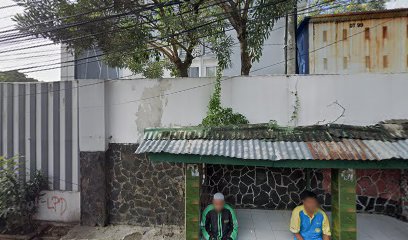
Indonesia
Experience the rich history and vibrant culture of Indonesia, where ancient traditions meet stunning natural beauty across its thousands of islands.
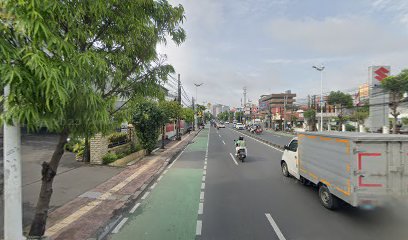
Unmissable attractions to see
Taman Mini Indonesia Indah
Explore Indonesia's diverse culture, art, and nature in one captivating location at Taman Mini Indonesia Indah, East Jakarta's premier tourist attraction.

Museum MACAN (Modern and Contemporary Art in Nusantara)
Discover the essence of modern art at Museum MACAN, Jakarta's premier destination for contemporary artistic expression and cultural exploration.

Mataram City Park
Experience the tranquility of Mataram City Park, a lush urban oasis in South Jakarta perfect for relaxation, recreation, and family fun.

Museum Taman Prasasti
Explore Jakarta's history at Museum Taman Prasasti, a hidden gem showcasing unique artifacts and serene gardens in the heart of the city.

Museum di Tengah Kebun
Discover Indonesia's rich history and culture at Museum di Tengah Kebun, a serene oasis in South Jakarta surrounded by beautiful gardens.
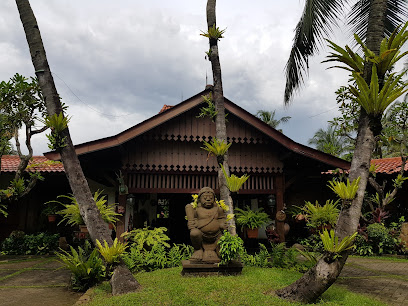
Essential places to dine
Mamma Rosy
Experience authentic Italian cuisine at Mamma Rosy in South Jakarta – where every meal is a journey through Italy's culinary delights.

Patio Venue & Dining
Discover the exquisite blend of Indonesian and Italian cuisine at Patio Venue & Dining in South Jakarta - where every meal is an experience.
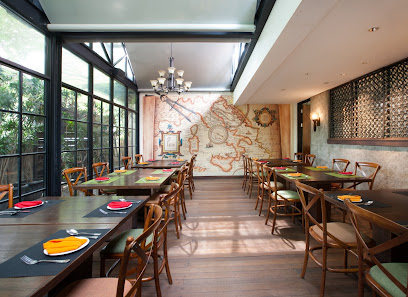
La Brasserie Restaurant
Discover La Brasserie Restaurant in Jakarta - where local flavors meet international cuisine in an elegant setting.

Namaaz Dining
Embark on an extraordinary culinary adventure at Namaaz Dining in Jakarta, where tradition meets innovation in Indonesian fine dining.

THE GARDEN OSTERIA
Discover the taste of Italy amidst nature at The Garden Osteria in South Jakarta - where exquisite cuisine meets serene ambiance.
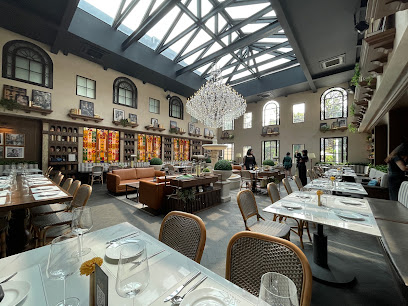
Bottega Ristorante
Experience exquisite European cuisine at Bottega Ristorante in Jakarta's vibrant Senayan area.

PA.SO.LA Restaurant
Experience culinary elegance at PA.SO.LA Restaurant in Jakarta's SCBD with an extravagant buffet featuring local and international delights.

ORO Italian Restaurant Jakarta
Experience authentic Italian cuisine at ORO Italian Restaurant in Jakarta's vibrant Kemang district - where every meal is a celebration.
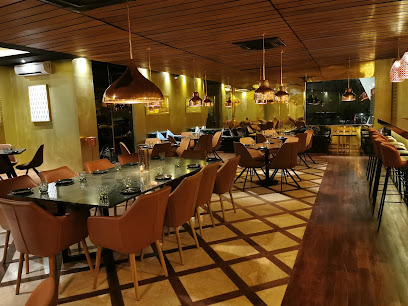
Lobo & Juno
Experience culinary excellence at Lobo & Juno, where traditional Indonesian flavors meet contemporary cuisine in Jakarta's vibrant Kuningan district.

AMUZ Gourmet Restaurant
Experience unparalleled fine dining at AMUZ Gourmet Restaurant in Jakarta, where culinary artistry meets luxurious ambiance for an unforgettable meal.

Markets, malls and hidden boutiques
Pondok Indah Mall 1
Discover the ultimate shopping experience at Pondok Indah Mall 1, Jakarta's top destination for fashion, dining, and entertainment.
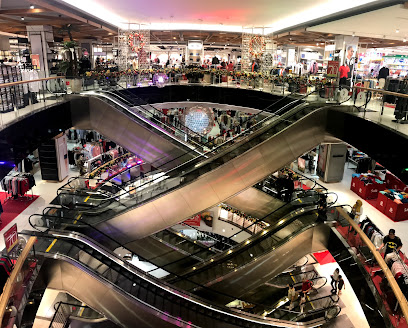
AEON MALL JGC - Jakarta Garden City
Discover AEON MALL JGC in Jakarta, where shopping, dining, and entertainment come together in a vibrant urban experience.

Plaza Senayan
Explore the elegance and luxury of Plaza Senayan, Jakarta's premier shopping destination with top brands, dining, and entertainment.

Thamrin City
Discover Thamrin City, Jakarta's premier shopping mall, where local culture meets modern shopping experiences and culinary delights.

Grand Indonesia West Mall
Discover the vibrant Grand Indonesia West Mall, a shopping haven in Jakarta offering international brands, local cuisine, and exciting entertainment options.
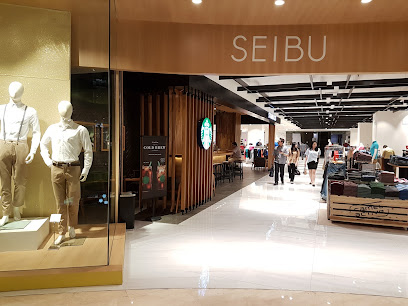
Lippo Mall Kemang
Explore Lippo Mall Kemang, South Jakarta's ultimate shopping destination with diverse dining and entertainment options.
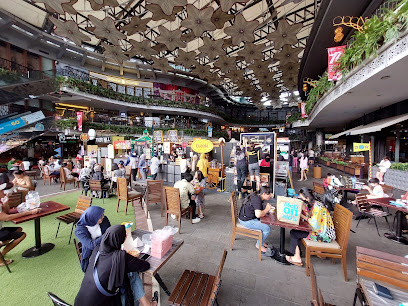
Grand Indonesia East Mall
Experience the best of shopping, dining, and entertainment at Grand Indonesia East Mall, Jakarta's premier lifestyle destination.

Central Department Store
Discover a vast array of local and international brands at Central Department Store, Jakarta's ultimate shopping destination for tourists and locals alike.

Mitra Hadiprana Boutique Mall
Discover the essence of Jakarta at Mitra Hadiprana Boutique Mall, the ultimate shopping destination blending local artistry with international flair.
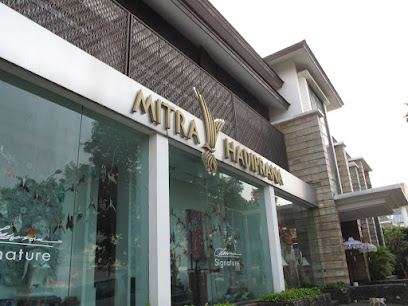
BIASA
Explore BIASA in South Jakarta for a unique shopping experience blending contemporary fashion with local artistry.
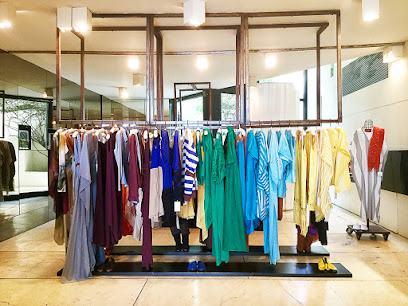
Essential bars & hidden hideouts
Beer Garden SCBD
Discover the lively atmosphere of Beer Garden SCBD in Jakarta, where great food, refreshing drinks, and live music await you.

Beer Hall
Discover the lively Beer Hall in South Jakarta, where great brews meet captivating live music in an unforgettable nightlife experience.

HW Helen's Live Bar Gunawarman
Dive into the lively atmosphere of HW Helen's Live Bar Gunawarman, where great food meets exhilarating live music in South Jakarta.
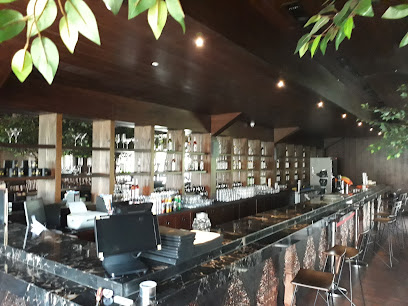
Liquid Exchange
Discover the vibrant nightlife of Jakarta at Liquid Exchange, a trendy bar offering an extensive drink menu and a lively atmosphere for social gatherings.

Gen's Bar & BBQ Resto
Discover Gen's Bar & BBQ Resto in Jakarta: where delicious BBQ and live music create an unforgettable dining experience.

Treehaus Bar
Experience vibrant nightlife at Treehaus Bar, a fusion of sports, Indian and Mexican delicacies in the heart of Jakarta.
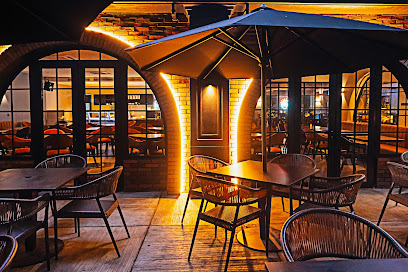
Artoz Bar
Experience the enchanting world of live jazz at Artoz Bar, Jakarta's premier lounge for music lovers and cocktail enthusiasts.
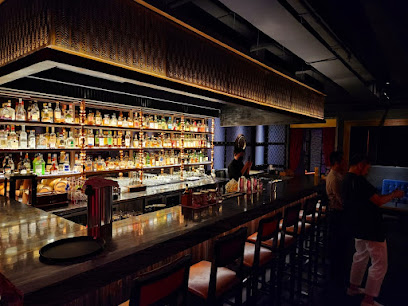
La Vue Rooftop Bar
Discover Jakarta's skyline at La Vue Rooftop Bar, where exquisite cocktails meet breathtaking views in an elegant atmosphere.
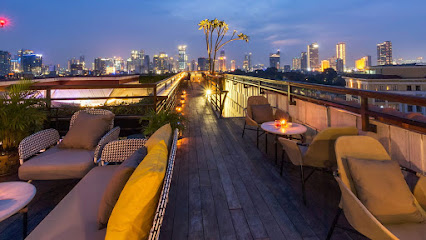
BAR LUCA
Experience the elegance of Bar Luca, Jakarta's premier wine bar, where exquisite wines and gourmet cuisine create unforgettable dining moments.
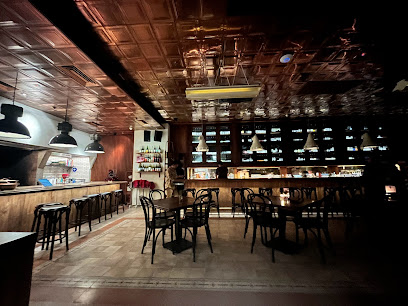
Blu Martini Bar & Lounge
Discover the sophistication of Blu Martini Bar & Lounge in Jakarta, where exquisite cocktails meet stunning city views for an unforgettable nightlife experience.
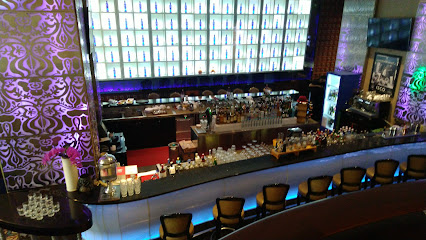
Local Phrases
-
- HelloHalo
[haˈlo] - GoodbyeSelamat tinggal
[səˈla.mat ˈtiŋ.gal] - YesYa
[ja] - NoTidak
[tiˈdak] - Please/You're welcomeSilakan
[siˈla.kan] - Thank youTerima kasih
[təˈri.ma kaˈsih] - Excuse me/SorryMaaf
[maˈaf] - How are you?Apa kabar?
[aˈpa kaˈbar] - Fine. And you?Baik. Bagaimana denganmu?
[baˈik baˈɡai.ma.na dəŋˈɡan.mu] - Do you speak English?Apakah kamu bisa berbicara bahasa Inggris?
[aˈpa.ka ˈkamʊ bisa bər.biˈt͡ʃa.ra baˈha.sa ˈiŋ.ɡrɪs] - I don't understandSaya tidak mengerti
[ˈsa.ja tiˈdak məŋˈɡɛr.ti]
- HelloHalo
-
- I'd like to see the menu, pleaseSaya ingin melihat menu, tolong
[ˈsa.ja iŋˈɡɪn məˈli.hat ˈme.nu ˈto.loŋ] - I don't eat meatSaya tidak makan daging
[ˈsa.ja tiˈdak maˈkan ˈda.jiŋ] - Cheers!Selamat minum!
[səˈla.mat miˈnum] - I would like to pay, pleaseSaya ingin membayar, tolong
[ˈsa.ja iŋˈɡɪn məm.baˈjar ˈto.loŋ]
- I'd like to see the menu, pleaseSaya ingin melihat menu, tolong
-
- Help!Tolong!
[ˈto.loŋ] - Go away!Pergi!
[ˈpər.ɡi] - Call the Police!Panggil polisi!
[paŋˈɡil poˈli.si] - Call a doctor!Panggil dokter!
[paŋˈɡil ˈdok.tər] - I'm lostSaya tersesat
[ˈsa.ja tərˈsɛ.sat] - I'm illSaya sakit
[ˈsa.ja ˈsa.kit]
- Help!Tolong!
-
- I'd like to buy...Saya ingin membeli...
[ˈsa.ja iŋˈɡɪn məmˈbe.li] - I'm just lookingSaya hanya melihat-lihat
[ˈsa.ja ˈha.nja məˈli.hatˈli.hat] - How much is it?Berapa harganya?
[bəˈra.pa harˈɡan.ja] - That's too expensiveItu terlalu mahal
[iˈtu tərˈla.lu maˈhal] - Can you lower the price?Bisa kurangi harganya?
[bi.sa kurˈaŋi harˈɡan.ja]
- I'd like to buy...Saya ingin membeli...
-
- What time is it?Jam berapa sekarang?
[d͡ʒam bəˈra.pa səˈka.raŋ] - It's one o'clockSekarang pukul satu
[səˈka.raŋ puˈkul ˈsa.tu] - Half past (10)Setengah (sepuluh)
[səˈtɛŋah (səˈpu.lu)] - MorningPagi
[ˈpa.ɡi] - AfternoonSore
[ˈso.re] - EveningMalam
[ˈma.lam] - YesterdayKemarin
[kəˈma.rin] - TodayHari ini
[ˈha.ri iˈni] - TomorrowBesok
[ˈbə.soʔ] - 1Satu
[ˈsa.tu] - 2Dua
[ˈdu.a] - 3Tiga
[ˈti.ɡa] - 4Empat
[əmˈpat] - 5Lima
[ˈli.ma] - 6Enam
[ˈə.nam] - 7Tujuh
[ˈtu.dʒu] - 8Delapan
[dəˈla.pan] - 9Sembilan
[səmˈbi.lan] - 10Sepuluh
[səˈpu.lu]
- What time is it?Jam berapa sekarang?
-
- Where's a/the...?Dimana ada/ada...
[diˈma.na ˈa.da/ˈa.da] - What's the address?Apa alamatnya?
[aˈpa aˈla.mat.nja] - Can you show me (on the map)?Bisa tunjukkan ke saya (di peta)?
[bi.sa tunˈd͡ʒuk.kan kə ˈsa.ja (di ˈpə.ta)] - When's the next (bus)?Kapan yang berikutnya (bus)?
[kaˈpan jaŋ bəˈru.tʊ.ɲa (bus)] - A ticket (to ....)Selembar tiket (menuju ...)
[səˈlɛm.bar tiˈkɛt (məˈnu.d͡ʒu ...)]
- Where's a/the...?Dimana ada/ada...
History of South Jakarta
-
South Jakarta emerged during the Dutch colonial period in the 17th century. Initially, the area was sparsely populated, with agriculture as the primary economic activity. The establishment of Batavia, present-day Jakarta, as the capital of the Dutch East Indies led to the expansion of surrounding regions, including South Jakarta, which became a retreat for the colonial elite seeking cooler climates.
-
During World War II, South Jakarta, like the rest of Indonesia, fell under Japanese occupation from 1942 to 1945. This period was marked by significant hardship and changes in social structure. The Japanese implemented strict control over the population, leading to resistance movements and fostering a sense of nationalism that would later contribute to Indonesia's struggle for independence.
-
Following Indonesia's declaration of independence in 1945, South Jakarta became a focal point for political activity and social change. The area witnessed significant urban development and population growth as people migrated to the capital in search of better opportunities. Key events during this period included the establishment of various government offices and educational institutions, which cemented South Jakarta's role in the nation's political landscape.
-
The late 20th century saw South Jakarta transform into a bustling urban center. Rapid economic growth and urbanization led to the development of upscale residential areas, shopping malls, and business districts. The establishment of major thoroughfares and public transportation systems has made South Jakarta a key hub within the Greater Jakarta area, attracting both local and international investment.
-
Today, South Jakarta reflects a rich tapestry of cultures, with a diverse population that includes various ethnic groups, religions, and traditions. This diversity is evident in the area's culinary scene, festivals, and cultural events. Notable cultural institutions, such as museums and art galleries, contribute to the vibrant arts scene, showcasing both traditional Indonesian and contemporary works.
South Jakarta Essentials
-
South Jakarta is accessible from various neighborhoods in Jakarta via multiple modes of transportation. The Soekarno-Hatta International Airport is approximately 30 kilometers away. You can take a taxi or ride-sharing service directly to South Jakarta. If you are traveling from Central Jakarta, you can use the TransJakarta bus service, which has dedicated lanes and connects various parts of the city. The MRT Jakarta also has stations in South Jakarta, making it easy to travel from other neighborhoods.
-
South Jakarta offers various transportation options. The TransJakarta bus system is efficient, with many routes serving the area. The MRT Jakarta is another great option, with several stations including Lebak Bulus and Fatmawati. Bicycles can be rented through bike-sharing programs like Gojek's Gbike. Taxis and ride-sharing apps such as Grab are widely available and convenient for short distances or late-night travel.
-
South Jakarta is generally safe for tourists, but it's wise to stay vigilant. Areas like Kemang and Cilandak are popular and bustling, while parts of Pasar Minggu may have higher crime rates, particularly petty theft. Always keep your belongings secure and avoid walking alone at night in less populated areas. Use reputable transportation options to enhance your safety.
-
In case of an emergency, dial 112 for police assistance, 118 for medical emergencies, and 113 for fire services in Indonesia. Familiarize yourself with the locations of the nearest hospitals, such as RSUP Fatmawati or RS Cipto Mangunkusumo. Ensure you have travel insurance that covers emergencies and know how to contact your embassy if needed.
-
Fashion: Do dress modestly, especially in religious sites. Avoid wearing shorts and tank tops in such areas. Religion: Do respect local customs; when visiting mosques, women should wear a hijab and men should wear long trousers. Public Transport: Do give your seat to the elderly and pregnant women. Don't eat or drink on public transport. Greetings: Do greet locals with a smile and a nod. A handshake is common in professional settings. Eating & Drinking: Do try local foods and drinks. Don't refuse food offerings, as it may be considered rude.
-
To experience South Jakarta like a local, visit traditional markets such as Pasar Santa for unique snacks and crafts. Try local dishes like Nasi Goreng and Satay at street food stalls. Engage with locals by asking for recommendations; they are often friendly and eager to share their favorite spots. Attend local events and cultural festivals when possible to immerse yourself in the vibrant community life.
Nearby Cities to South Jakarta
-
Things To Do in Bandung
-
Things To Do in Semarang
-
Things To Do in Yogyakarta
-
Things To Do in Poon Saan
-
Things To Do in Flying Fish Cove
-
Things To Do in Drumsite
-
Things To Do in Settlement
-
Things To Do in Greta Beach
-
Things To Do in Surabaya
-
Things To Do in Sentosa
-
Things To Do in East Coast Park
-
Things To Do in Marina Bay
-
Things To Do in Chinatown
-
Things To Do in Clarke Quay
-
Things To Do in Bugis

